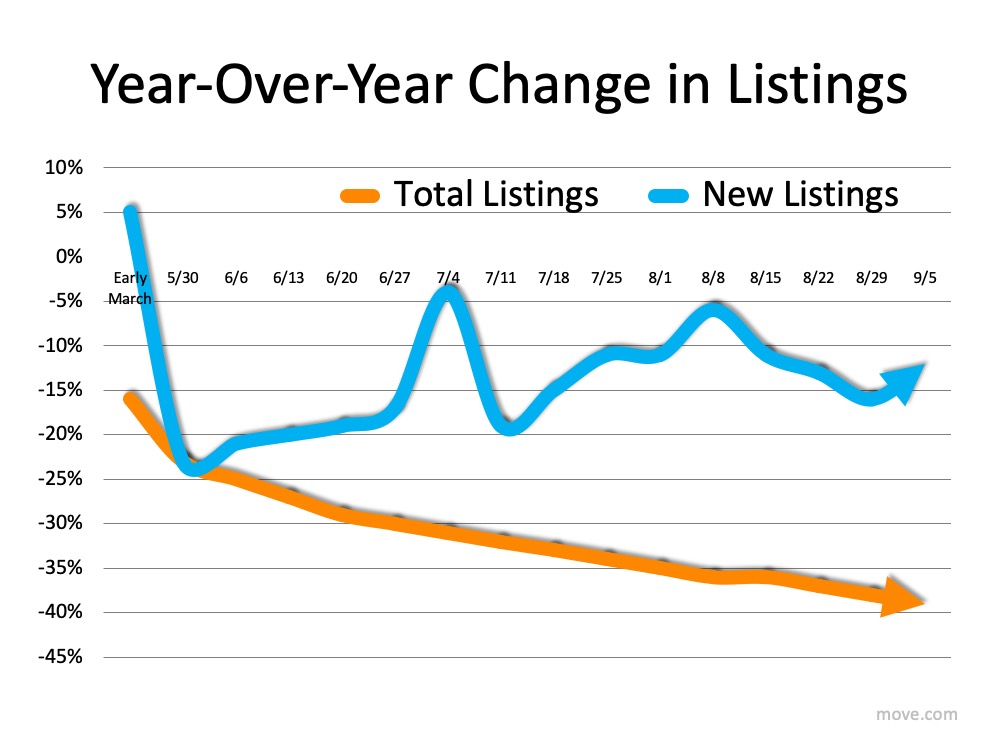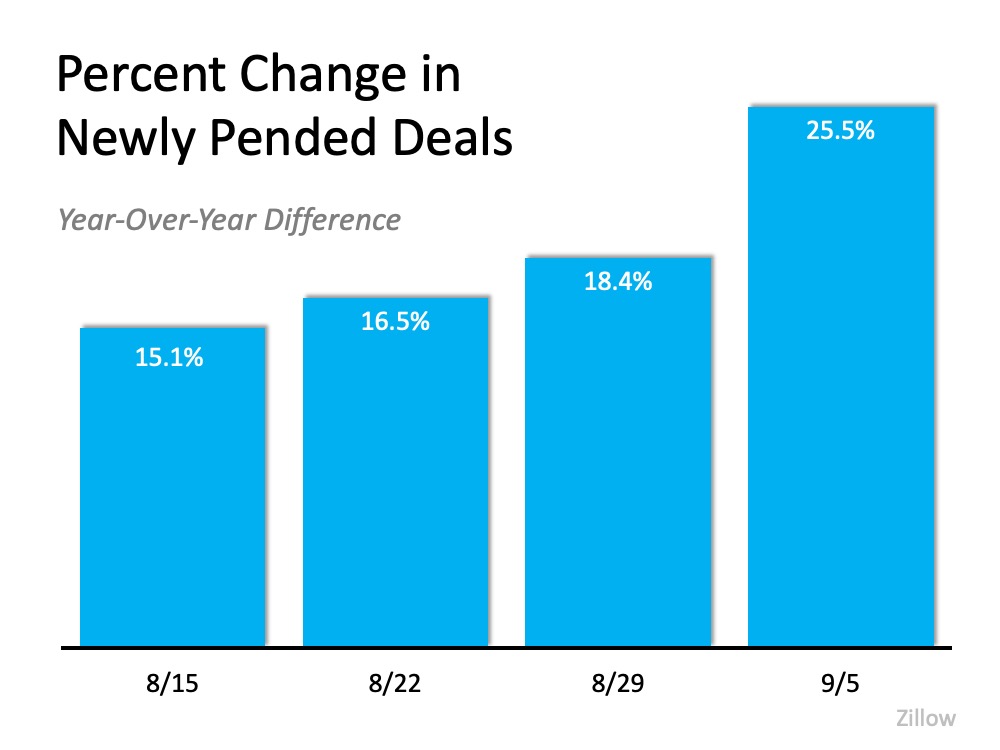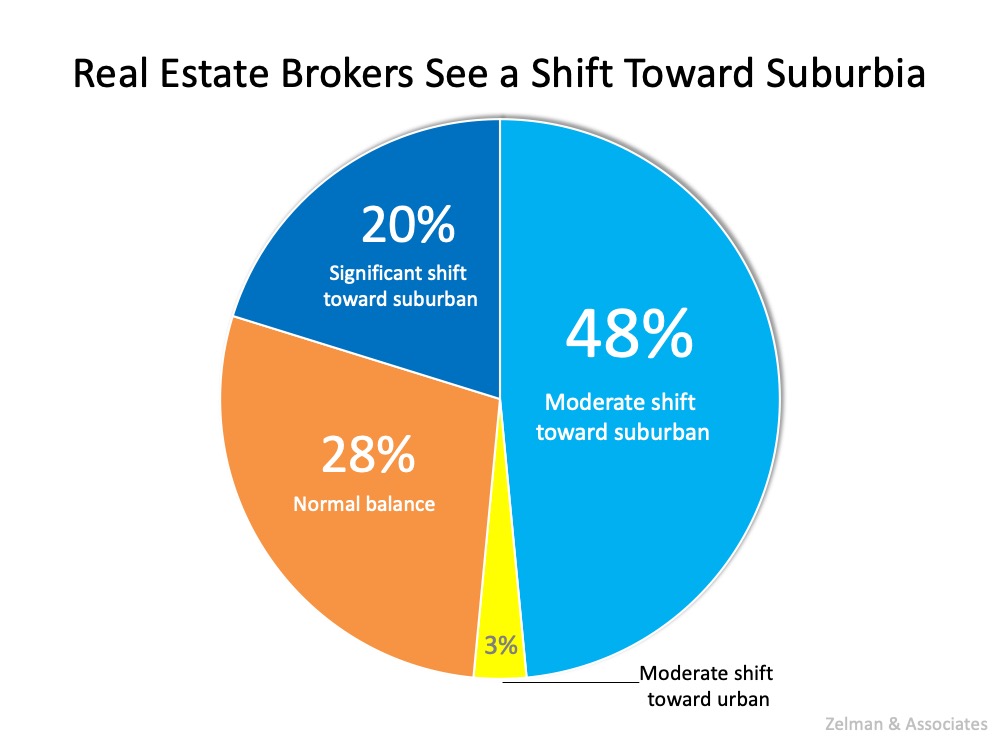Why Pricing Your Home Right Matters This Fall [INFOGRAPHIC]
![Why Pricing Your Home Right Matters This Fall [INFOGRAPHIC] | Simplifying The Market](https://files.simplifyingthemarket.com/wp-content/uploads/2020/09/24162128/20200925-KCM-Share-549x300.jpg)
Some Highlights
- As a seller today, you may think pricing your home on the high end will result in a higher final sale price, but the opposite is actually true.
- To sell your home quickly and for the best possible price, you should eliminate buyer concerns by pricing your home competitively right from the start.
- Let’s connect today to make sure you have the guidance you need to price your home right this fall.
Content previously posted on Keeping Current Matters





![Why Pricing Your Home Right Matters This Fall [INFOGRAPHIC] | Simplifying The Market](https://files.simplifyingthemarket.com/wp-content/uploads/2020/09/24162130/20200925-MEM.jpg)
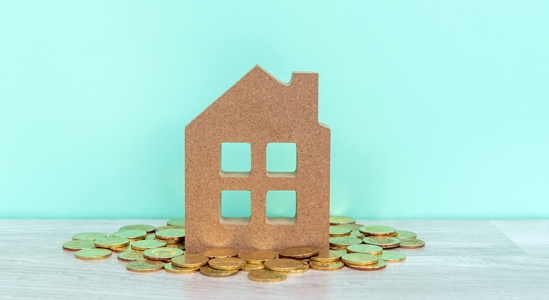







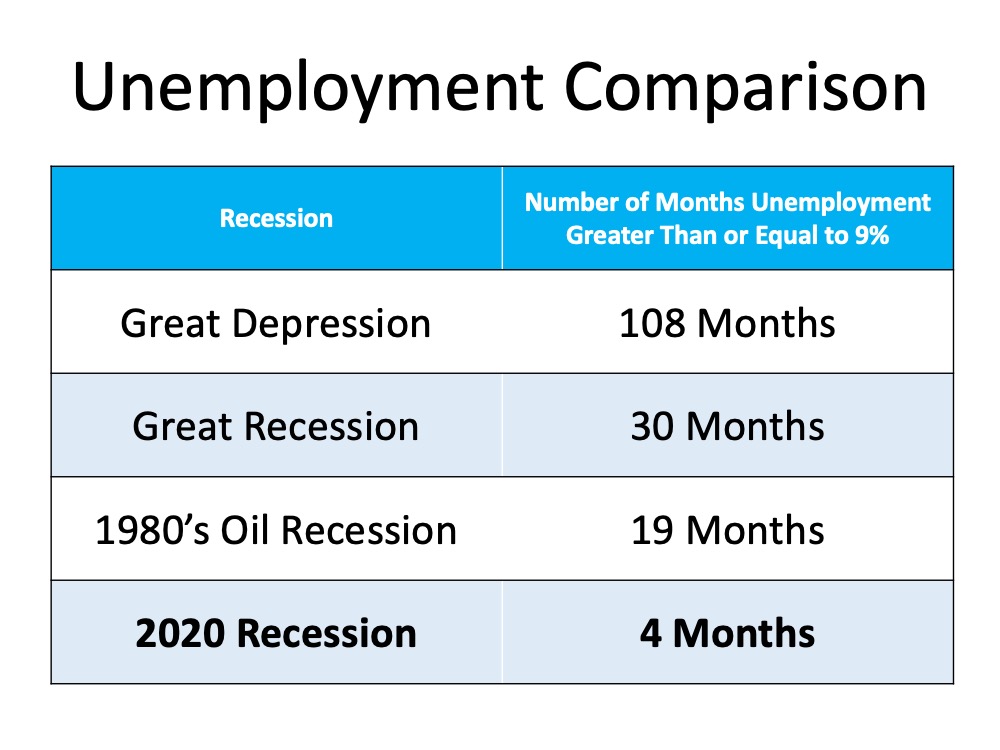
![Homes Across the Country Are Selling Fast [INFOGRAPHIC] | Simplifying The Market](https://files.simplifyingthemarket.com/wp-content/uploads/2020/09/17165749/20200918-KCM-Share-549x300.jpg)
![Homes Across the Country Are Selling Fast [INFOGRAPHIC] | Simplifying The Market](https://files.simplifyingthemarket.com/wp-content/uploads/2020/09/17165746/20200918-MEM.jpg)

